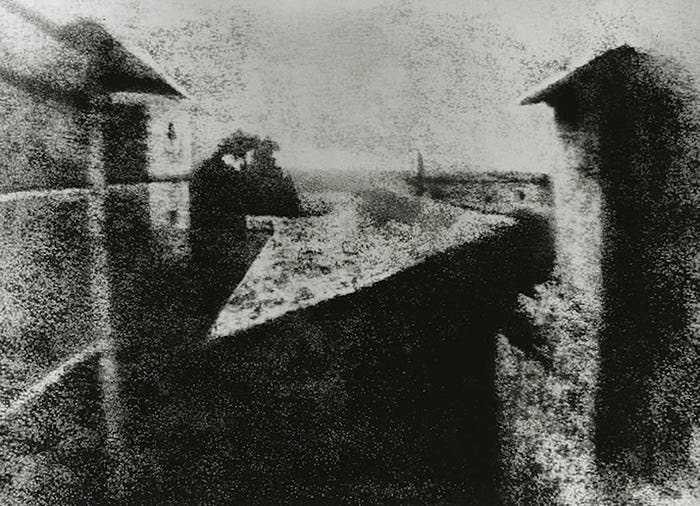 COURSESDISCOVER CREATIVESAPPLY TO JOINJOIN THE COMMUNITY
COURSESDISCOVER CREATIVESAPPLY TO JOINJOIN THE COMMUNITY
Colors floating across a piece of paper, producing either recognizable forms or unique compositions, are visually attractive. In fact, though, it is much more than simply the colorful threads. Photography has the ability to capture a person’s heart and soul. It’s a form of freezing time and revisiting it years later. Even the simplest photograph has a story attached to it. It’s an escape from reality; a work that focuses on a single person and meticulously depicts their every action and feeling. Adventures, intriguing events, tales, and color and light games abound in the world of photography. It first arose a long time ago as one of the most intriguing and thrilling kinds of art, and it has had a significant impact on human existence to this day.
About a century ago, photography was invented. Only rudimentary box cameras capable of taking simple black and white photographs were available in those early days. Since then, photographic techniques and equipment have progressed significantly. Exploding flash guns have evolved into tiny electronic flash units, box cameras have evolved into complex digital reflex cameras, pictures have evolved into movies, black-and-white has evolved into full magnificent colors, and hobbyists have evolved into highly paid professionals.
Images have been beamed onto surfaces for millennia. Artists have been using the camera obscura and camera lucida to trace sceneries since the 16th century. These primitive cameras did not capture an image in time; instead, they projected what went through a hole in a darkened room’s wall onto a surface. The entire area was effectively transformed into a big pinhole camera.

Giovanni Battista Della Porta, an Italian academic, authored an article in the mid-16th century describing how to use camera obscura to make the sketching method easier. He projected the picture of the inhabitants outside the dim camera on the inner canvas. Giovanni Battista had to give it up after being arrested and prosecuted. The fear of being linked to occultism or not having to recognize what many artists deemed cheating was used as an excuse not to confess openly.
The first photographs are taken by Joseph Nicephore Niepce. The sun had to shine for 8 hours in order for the sun to shine on all sides of the building from east to west in the picture. Niepce came up with the idea of employing an oil derivative called “Bitumen in Judea” to capture the camera’s screening. Bitumen hardened as a result of light penetration, allowing the unhardened material to be washed away. The strip of metal Niepce used was then brushed, resulting in a negative impression that was utilized to form an imprint. The metal plating was deep, costly, and time-consuming, which posed the majority of the challenges.
Sir John Herschel created the first negative glass in 1839. In the same year, he invented the term “photography,” which is derived from the Greek words “fos,” which means “light,” and “graph,” which means “drawing.” And even though the process got easier and the results improved, it took a long time for photography to be formally acknowledged.
India is home to some exceptional talent and people who have the capability to produce magic with their cameras and are making history. We'll go through a handful of our country's most remarkable talents.


.jpg)

